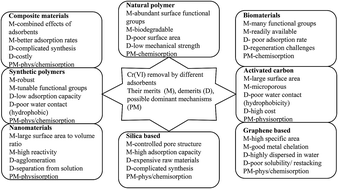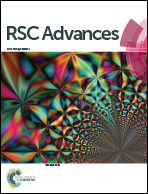Recent advances in hexavalent chromium removal from aqueous solutions by adsorptive methods
Abstract
Chromium exists mainly in two forms in environmental matrices, namely, the hexavalent (Cr(VI)) and trivalent (Cr(III)) chromium. While Cr(III) is a micronutrient, Cr(VI) is a known carcinogen, and that warrants removal from environmental samples. Amongst the removal techniques reported in the literature, adsorption methods are viewed as superior to other methods because they use less chemicals; consequently, they are less toxic and easy to handle. Mitigation of chromium using adsorption methods has been achieved by exploiting the physical, chemical, and biological properties of Cr(VI) due to its dissolution tendencies in aqueous solutions. Many adsorbents, including synthetic polymers, activated carbons, biomass, graphene oxide, and nanoparticles as well as bioremediation, have been successfully applied in Cr(VI) remediation. Initially, adsorbents were used singly in their natural form, but recent literature shows that more composite materials are generated and applied. This review focused on the recent advances, insights, and project future directions for these adsorbents as well as compare and contrast the performances achieved by the mentioned adsorbents and their variants.

- This article is part of the themed collections: Removal of chromium from aqueous solutions and Where will cleaner H2O spring from?


 Please wait while we load your content...
Please wait while we load your content...